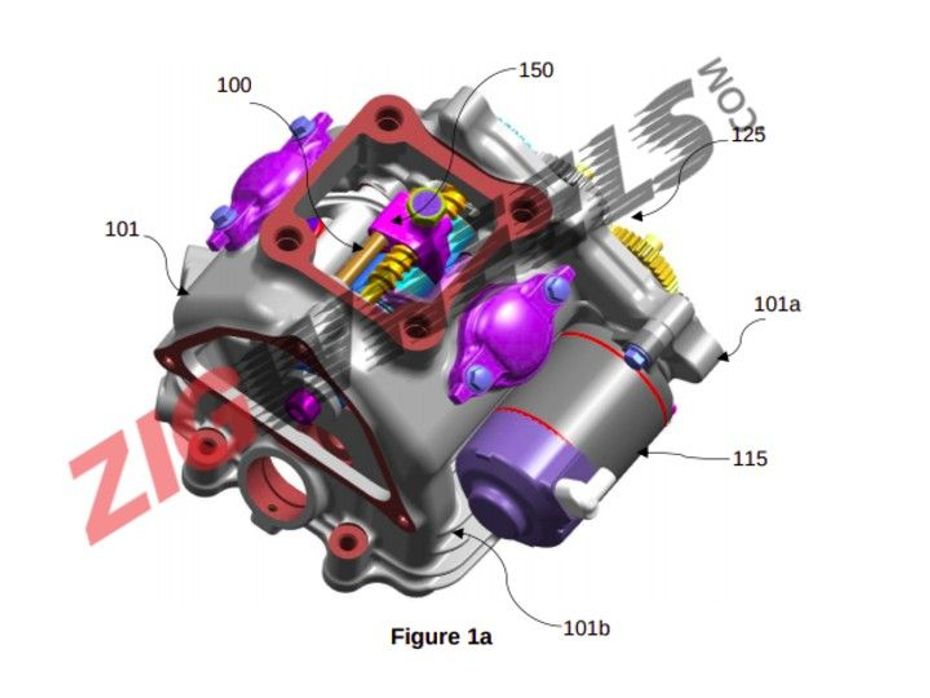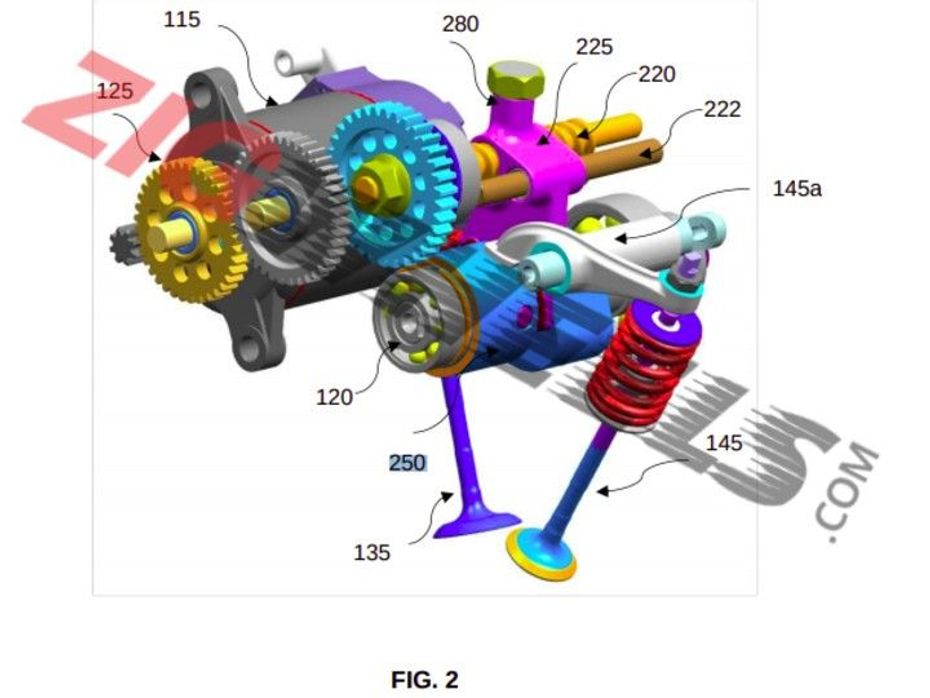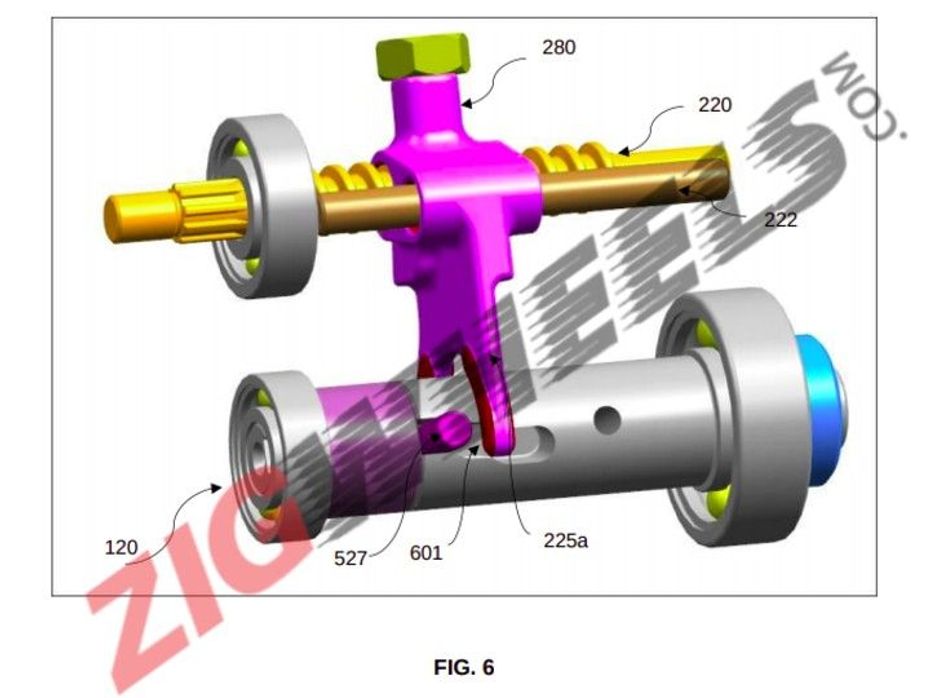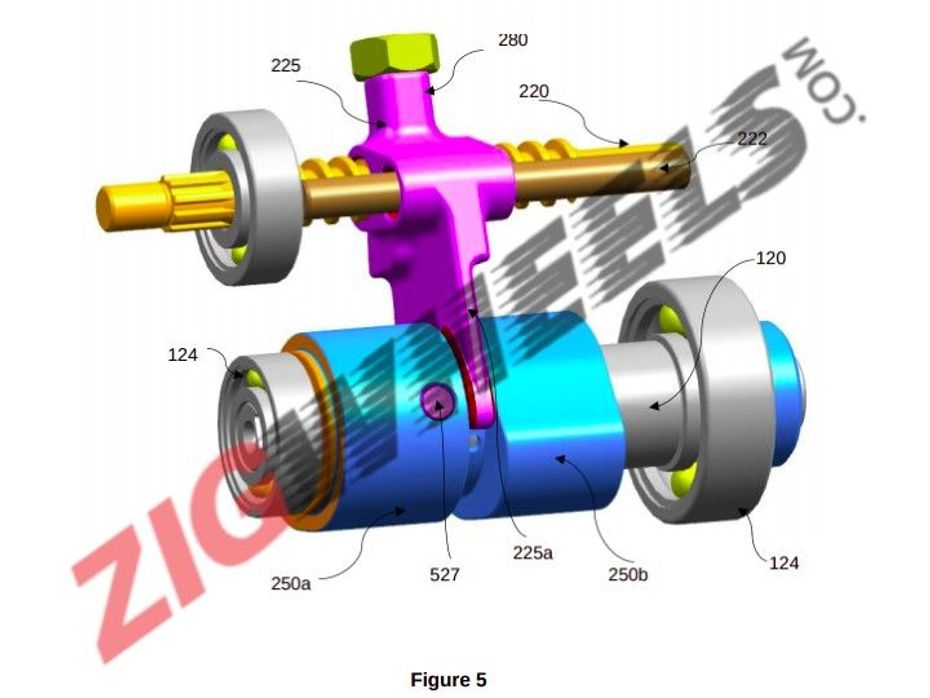
Your Weekly Dose Of Two-wheeler News
- Oct 30, 2021
- Views : 12758


We already know Bajaj Auto is developing a new range of Pulsars on an all-new platform, the first of which will be the Pulsar 250F with a brand new engine, succeeding the ageing Pulsar 220F. Apart from this, the Pune-based bikemaker will also continue its salvo by introducing a streetfighter iteration, and several permutations and combinations of products in the lower engine displacement segments, including the 150cc space.
Now, we’ve managed to get our hands on one important developmental aspect of the new-generation engine: Variable Valve Actuation. Yes, Bajaj seems to be going down the Yamaha R15 V3-way, albeit in a more versatile and cost-effective manner. Allow us to explain how it works:
Electric Motor-enhanced Variable Valve Actuation System

Variable Valve Actuation is a technology that allows the valves to actuate with different timing (and lift), depending on the speed at which the engine is running. This helps in achieving a balance of low-end grunt and top-end drive. The movement of the valves is controlled either by using two different cam profiles or a single cam lobe with different profiles on its surface for the valve train to follow. Some systems also use hydraulics to move the cam lobes. But all these are either costly or complex to manufacture or both. Hence, Bajaj Auto has opted for a relatively simpler system driven by an electric motor actuator and a lead screw.
How It Works

There’s a single camshaft with an independently sliding lobe drum (250) over it. This drum could have two or more cam lobes on it (250a and 250b). The lobe drum moves with the help of a slider mechanism with arms (225a) that’s operated by the electric motor.
The lobe drum 250 is fitted on the camshaft 120 with the help of pin 527 which slides inside a slot 601 provided on the camshaft. In this particular diagram, 601 is a three-step slot, which ensures the lobes are shifted both linearly and angularly, in either direction. Each step is designed based on required engine performance in different conditions. In this case, Bajaj has designed the valve timing control in three levels: 1. Offer better power 2. Superior torque 3. Enhanced mileage.

As the slider with arms 225a moves, it causes the lobes to move along the camshaft 120 as the pin slides within the slot. The cam lobes (250a, 250b) are shifted to the next step which causes angular as well as linear movement of lobes. This change of lobe angle causes the valve timing to change, which, in turn, alters the engine performance accordingly. The slider mechanism with arms is enhanced with a sensor to monitor its movement as the lobes shift. The input from the sensor and the engine rpm is taken by the controller, which decides to shift the lobes appropriately.
Bajaj has designed a system that’s not only cost-effect, but also compact and versatile enough to even be retrofitted onto the existing engines with minimal modifications to the head.

This VVA technology should go a long way in extracting the best from the new air-oil-cooled engine that will debut on the upcoming Bajaj Pulsar 250F. Thanks to its inherent cost-effective design, we wouldn’t be surprised if Bajaj implements the tech into its new-generation Pulsar 150 range.

Your Weekly Dose Of Two-wheeler News

The Latest Bajaj Pulsar 250F Teaser Shows Off More Details

New Generation Of Pulsarmania Starts Tomorrow Onwards

Weekly Two-Wheeler News Wrapup: Royal Enfield Guerrilla 450 Spied...

2024 Bajaj Pulsar F250: Top 5 Highlights Explained

2024 Bajaj Pulsar F250 Launched At Rs 1,50,829

1,000km in 2 days - Bajaj Pulsar F250 Touring Review

Bajaj Pulsar 220F Launch Confirmed; Bookings Open
 TVS Apache RTR 160
TVS Apache RTR 160
 Bajaj Pulsar NS200
Bajaj Pulsar NS200
 Bajaj Pulsar NS160
Bajaj Pulsar NS160
 Bajaj Pulsar N160
Bajaj Pulsar N160
 Yamaha R15S
Yamaha R15S
India's largest automotive community
 Bajaj Pulsar NS200
Rs. 1.58 Lakh
Bajaj Pulsar NS200
Rs. 1.58 Lakh
 Bajaj Pulsar 125
Rs. 83,846
Bajaj Pulsar 125
Rs. 83,846
 Bajaj Pulsar NS 125
Rs. 1.01 Lakh
Bajaj Pulsar NS 125
Rs. 1.01 Lakh
 Bajaj Pulsar NS160
Rs. 1.47 Lakh
Bajaj Pulsar NS160
Rs. 1.47 Lakh
 Bajaj Pulsar N160
Rs. 1.21 Lakh
Bajaj Pulsar N160
Rs. 1.21 Lakh
 Bajaj Chetak
Rs. 1.20 Lakh
Bajaj Chetak
Rs. 1.20 Lakh
![Bajaj Chetak [2020 - 2024] Bajaj Chetak [2020 - 2024]](https://media.zigcdn.com/media/model/2024/Sep/bajaj-chetak-2025-right-side-view_135x90.jpg) Bajaj Chetak [2020 - 2024]
Rs. 99,998
Bajaj Chetak [2020 - 2024]
Rs. 99,998